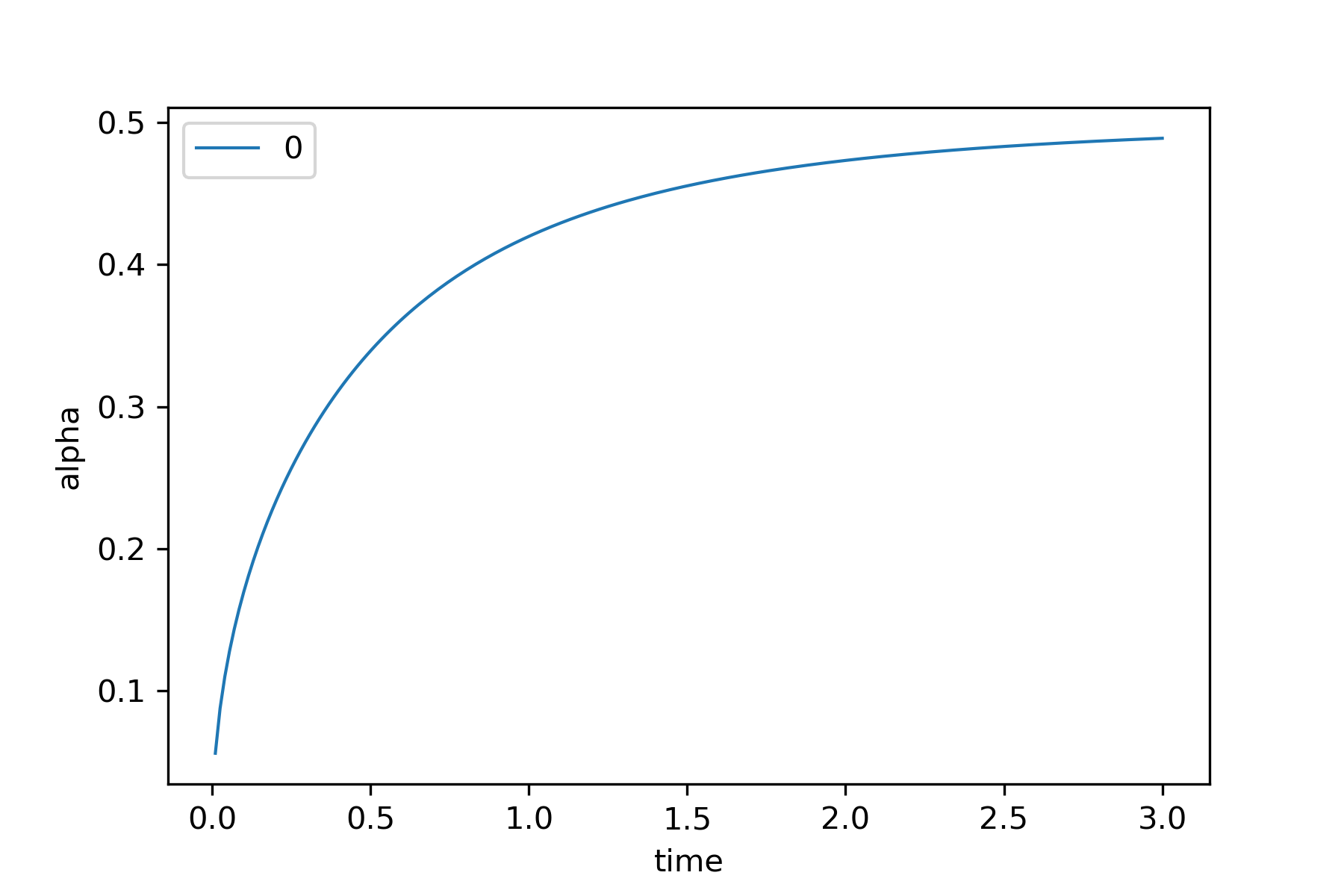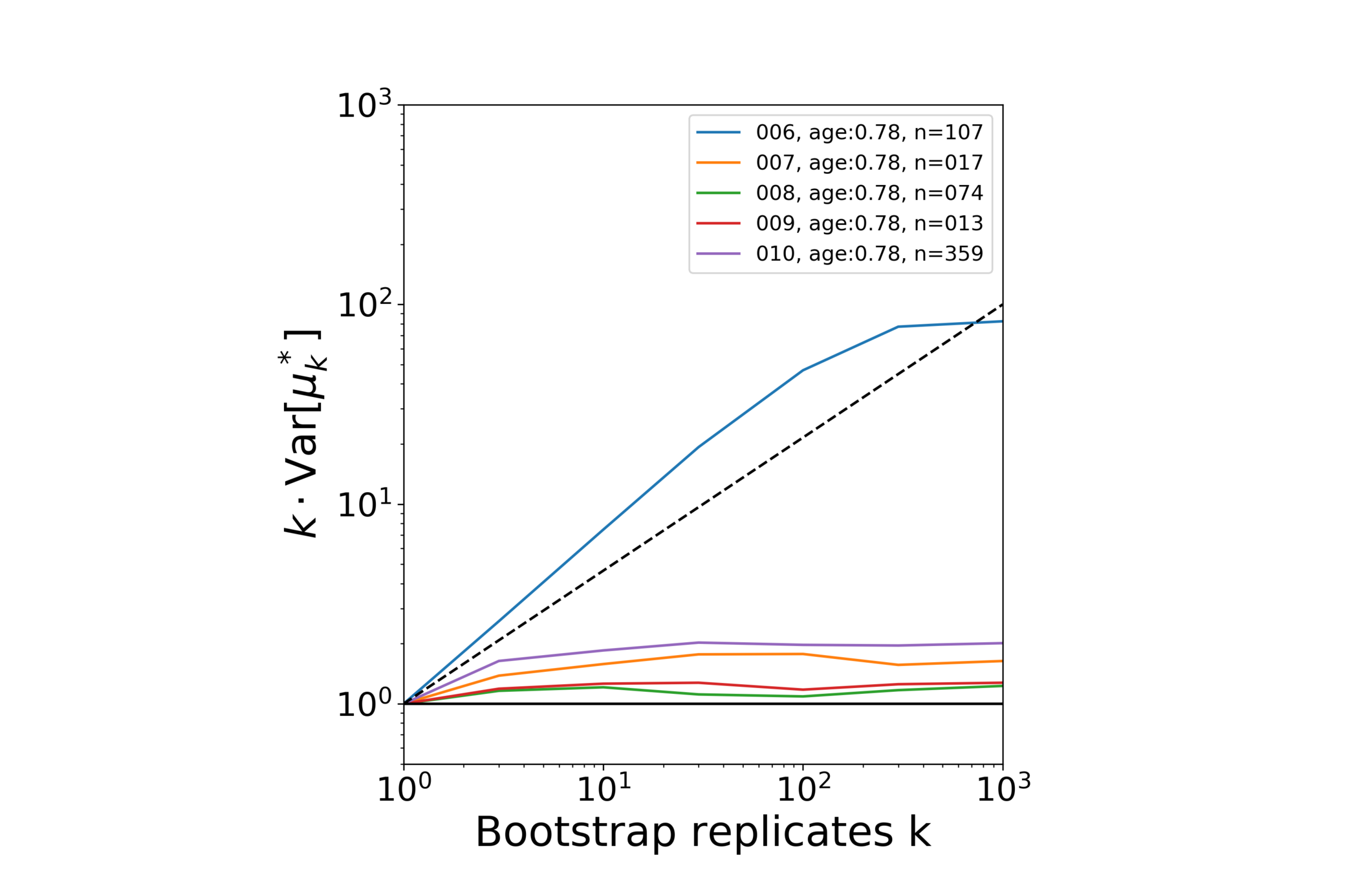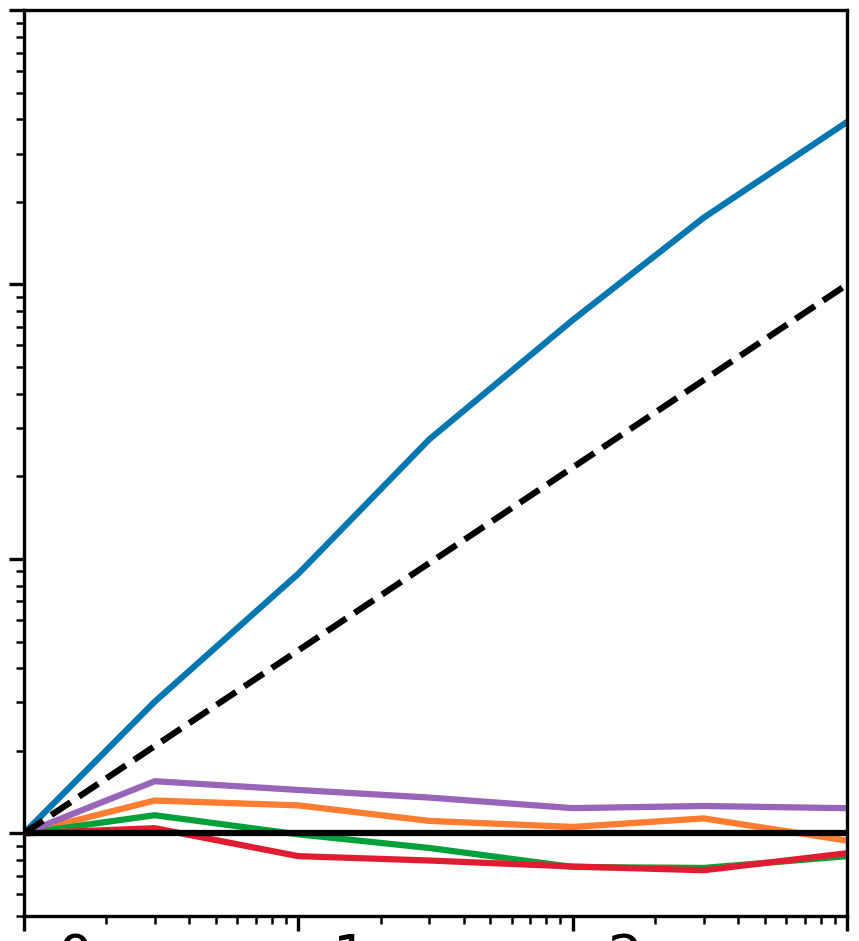Asymptotic behavior of Diffusion means

Pernille E.H. Hansen
University of Copenhagen

Joint work with Stefan Sommer, Benjamin Eltzner and Stephan Huckemann
Content of talk

- Fréchet mean
- Diffusion means and estimator
- Strong consistency
- Smeary central limit theorem
- Example of smearieness on hyper spheres
Fréchet mean

The Riemann center of mass of a random variable is
If then is the Fréchet mean of
For , the sample Fréchet function
and sample Fréchet means
Estimation
Conditions for uniqueness, stong consistency and CLT
Diffusion means

Heat kernel on manifolds
Limitations
Let \(M\) be a smooth manifold.
A map \(p:M\times M\times (0, \infty)\to(0,\infty)\) is a heat kernel on \(M\) if
$$1. \enspace p \in \mathcal{C}^\infty(M\times M\times (0,\infty))$$
$$2. \enspace (\partial_t-\Delta_x)p(x,y,t) = 0 $$
$$3. \enspace \lim_{t\to 0} p(x,y,t)= \delta_x(y) $$
1) Existence
- Stochastic completeness
- \(M\) compact
2) Closed form
- Euclidean spaces
- The hyper spheres
- Hyperbolic spaces
Brownian motion on manifolds

A Brownian motion on is a Markov process with transition density function
Given
most likely origin points of

mean point of
Diffusion means
For \(t>0\), the diffusion \(t\)-means \(E_t(X)\) of a random variable \(X: \Omega \to M\) are the minimizers of the log-likelihood function,
$$ L_t(y) = \mathbb{E}[-\ln(p(y,X,t)]$$
Thus,
$$ E_t(X) = \arg\min_{y\in M} \mathbb{E}[-\ln(p(y,X,t)]$$


$$ \lim_{t\to 0}-2t \ln(p(x,y,t)) = \text{dist}(x,y)^2$$
Generalized Fréchet mean*
For a continuous function \( \rho: M\times M \to [0,\infty)\)
the Fréchet \(\rho\)-means of \( X:\Omega\to M\) is the set
with estimator
Diffusion \(t\)-means: Choosing \(\rho_t(x,y) = \sqrt{- \ln(p(x,y,t)\beta_t^{-1})} \) with \( \beta_t > p(x,y,t) \) for all \(x,y\in M \). This exist for all \(t>0 \) when \(M\) has bounded sectional curvature*!
*[Cheng et al., 1981]
*[Huckemann, 2011]
Estimation
with sample likelihood means
Fix \(t>0\). For \(X_1,...,X_n \overset{\text{idd}}{\sim} X\) the sample likelihood function is
We say that \(E_{t,n}(\omega) \) is the diffusion estimator.
Diffusion means in \(\mathbb{R}^m\)?
The heat kernel on \(\mathbb{R}^n\) for each \(t>0\) is
For \( X:\Omega \to \mathbb{R}^m \), we have
The hyper spheres
The heat kernel on the sphere \(\mathcal{S}^{m}\) for \(m\geq 2\) is
Consider \(X: \Omega \to \mathcal{S}^m \):
For each \(m\geq 2\), \(t>0\) and \(\alpha\in [0,1/2]\), what are the diffusion \(t\)-means?

Example:


For each \(m\geq 2\) and \(t>\Lambda_{t,m}\) where
there exist \(\alpha_m(t)\) such that:
Riemann Center of mass
- \(\alpha = 0\): Unique Fréchet mean
- \( \alpha>0\): Infinite
Diffusion \(t\)-means
- \( \alpha \leq \alpha_m(t) \): Unique diffusion \(t\)-mean
- \( \alpha > \alpha_m(t)\) : Infinitely many
Furthermore, \(\alpha_{m}(t) \to 1/2\) as \(t\to \infty\)
Strong consistency
- (ZC) of Ziezold if for almost all \(\omega \in \Omega\)
- (BPC) Bhattacharya and Patrangenaru if \( \forall \epsilon>0 \) and almost all \(\omega\in \Omega,\exist n\in \mathbb{N}:\)

Fix \(t>0\). We say that \(M_{t,n}(\omega)\) is a strongly consistent estimator of \(M_t\) in the sense of
Strong consistency

\(M\) stoc. complete Riemannian manifold of bounded curvature
Fix \(t>0\), \(X: \Omega \to M \)
\(M\) compact Riemannian manifold:
\( E_{t,n} \) satisfies (ZC) and (BPC)
1. \( E_{t,n} \) satisfies (ZC) if either
- \(X\) has compact support
- \(\mathbb{E}[-\ln p (x,X,t)]<\infty\) for all \(x\in M\) & a continuity property in the second
argument uniform over the first argument
2. \( E_{t,n} \) satisfies (BPC) if \(E_t \neq \emptyset\) and
- \( E_{t,n} \) satisfies (ZC)
- Heine-Borel property of \( \overline{\cup_{n=1}^\infty E_{t,n}}\)
- A coercivity condition
*[Huckemann, 2011]
Central Limit Theorem
and Smeariness
Central limit theorem & smeariness
smeary
on Riemannian manifold
Define
Does it there exist st is ?
smeary

Let be a chart with
smeary
*[Eltzner & Huckemann, 2018]
Central limit theorem
Fix
Riemannian manifold,
- (Uniqueness):
- (LLN): Convergence
- (Taylor Expansion): There exist
Assume:

is
smeary
with


For each \(m\geq 2\) and \(t>\Lambda_t\) where
$$ \Lambda_t = \sqrt{\log(8(m+2)/m)/2}/2 \leq 0.38$$
there exist \(\alpha_m(t)\) such that:
Smearieness of Diffusion \(t\)-estimator
- \( \alpha \leq \alpha_m(t) \): Unique diffusion \(t\)-mean
- \( \alpha > \alpha_m(t)\) : Infinitely many
- \( \alpha < \alpha_m(t) \): 0-smeariness
- \( \alpha = \alpha_m(t)\) : 2-smearieness
at times of magnetic pole reversal
Magnetic north pole positions


Thank you for your attention!
[1] Eltzner, Benjamin; Huckemann, Stephan F. A smeary central limit theorem for manifolds with application to high-dimensional spheres. Ann. Statist. 47 (2019), no. 6, 3360--3381. doi:10.1214/18-AOS1781.
[2] Huckemann, Stephan F. "INTRINSIC INFERENCE ON THE MEAN GEODESIC OF PLANAR SHAPES AND TREE DISCRIMINATION BY LEAF GROWTH." The Annals of Statistics 39, no. 2 (2011): 1098-124.
Law of large numbers
Fix

- satisfies (ZC)
- satisfies (BPC) if
compact Riemannian manifold,
Central limit theorem
Fix
Riemannian manifold,
Then for any measurable selection is holds that
Assume (Uniqueness), (LLN) and (Taylor Expansion)
where
